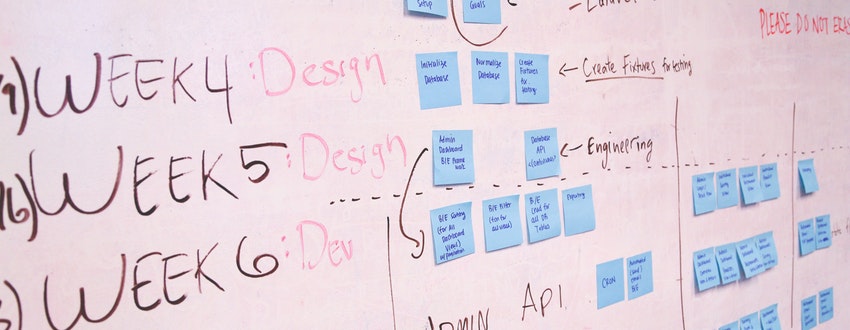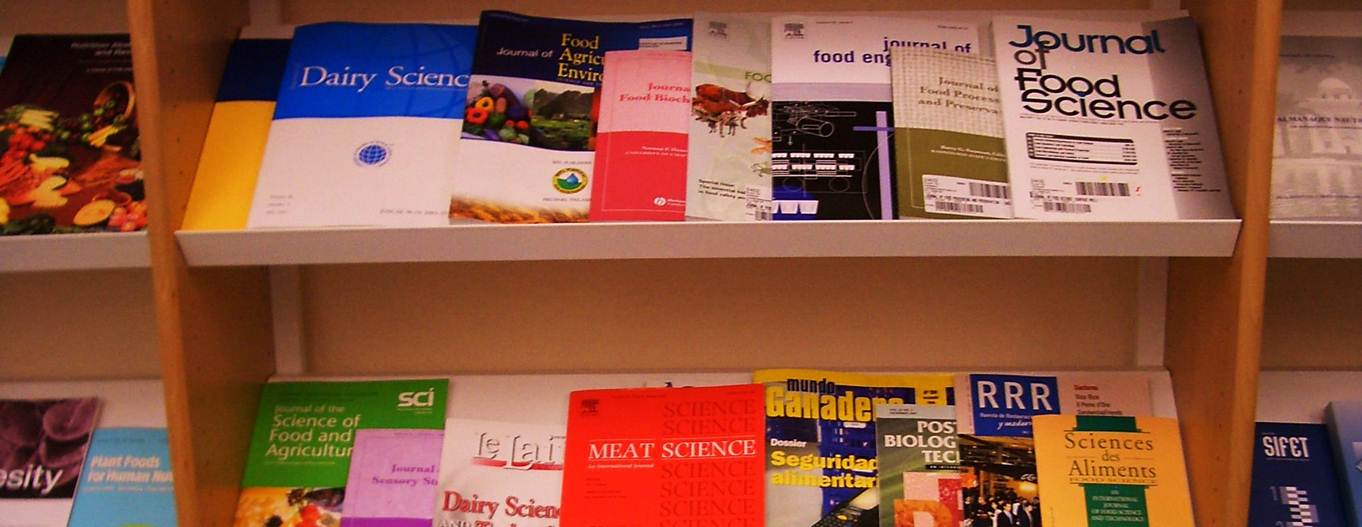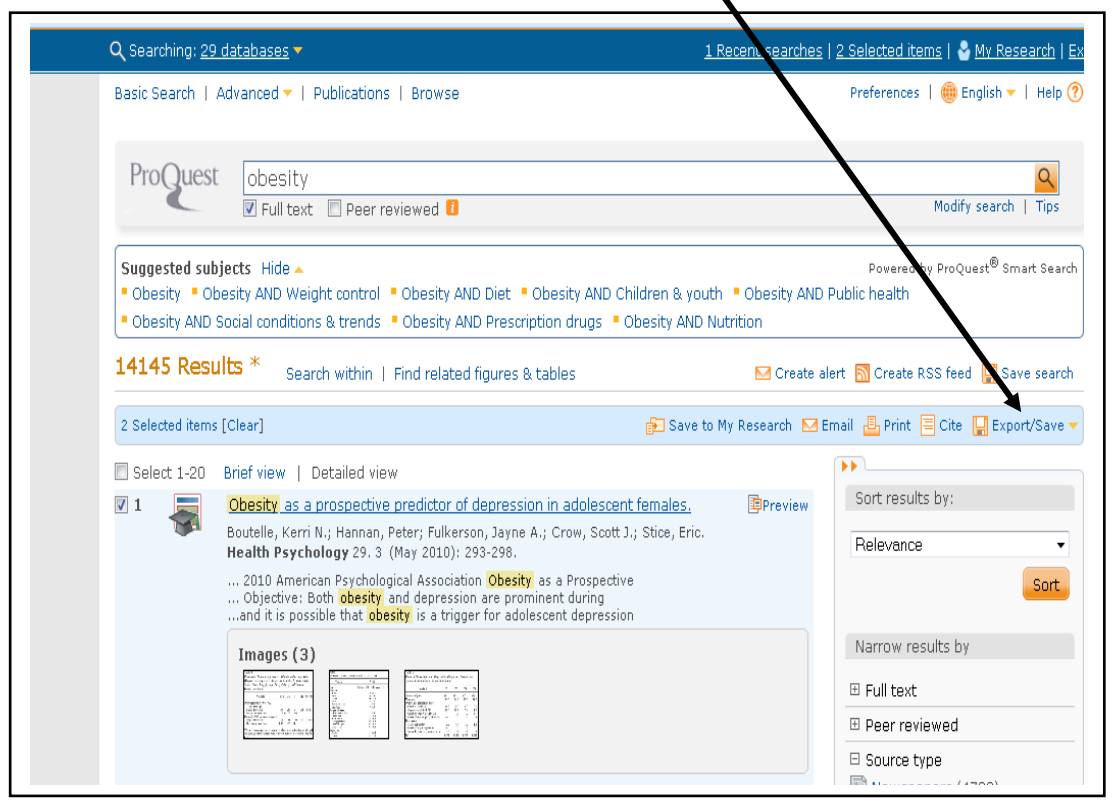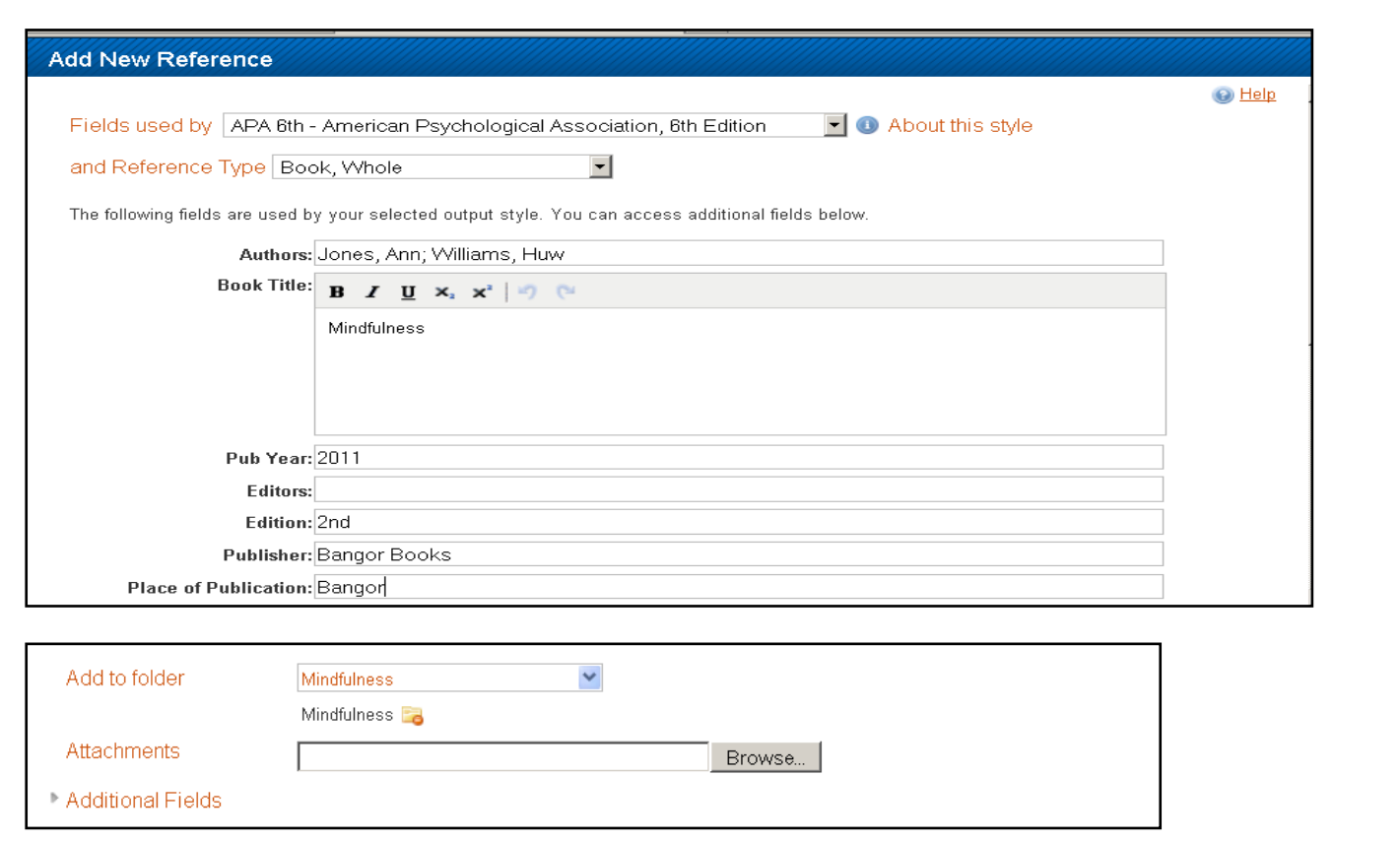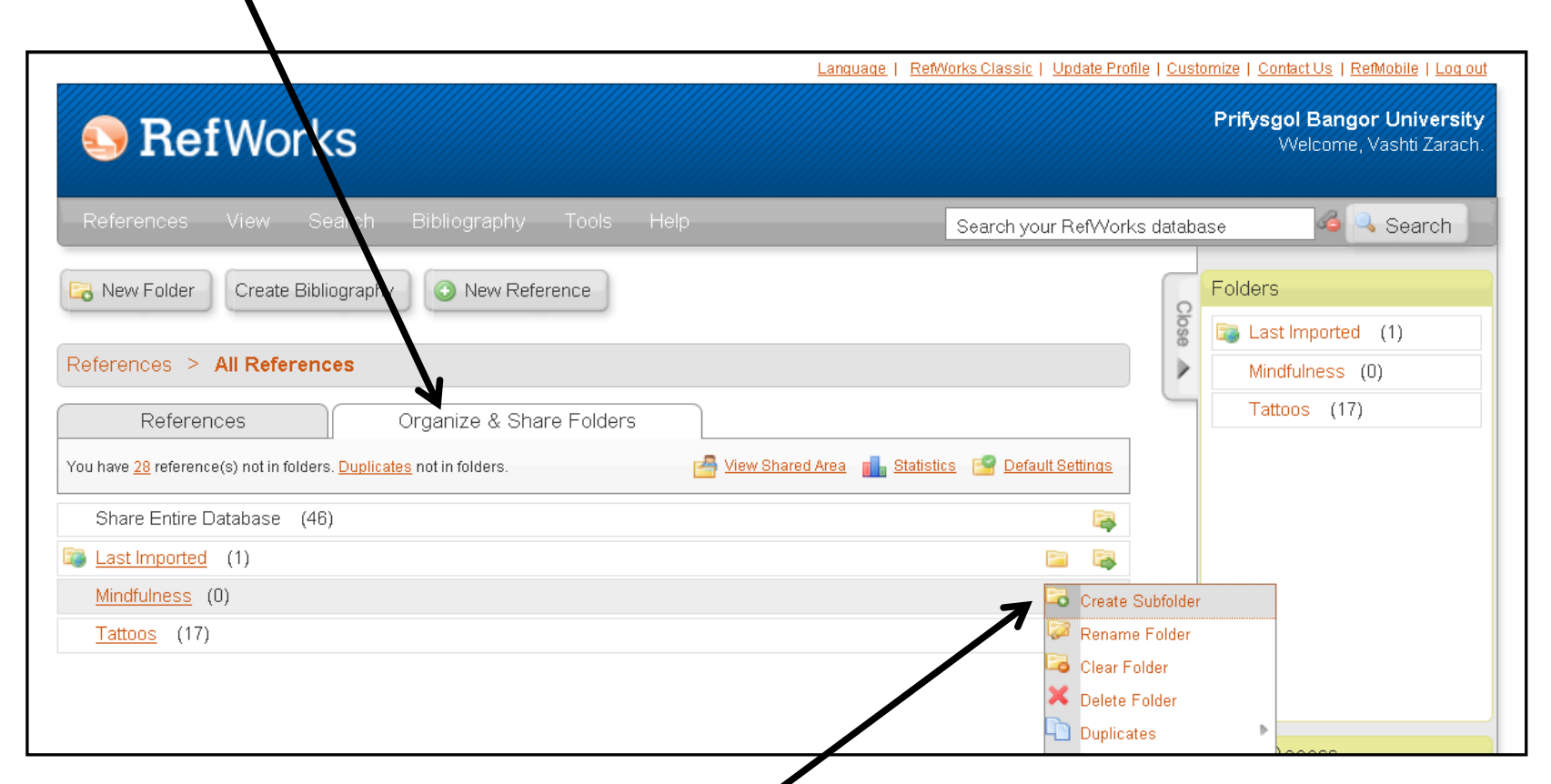
Coherence is an essential quality for good academic writing. In academic writing, the flow of ideas from one sentence to the next should be smooth and logical. Without cohesion, the reader will not understand the main points that you are trying to make. It also hampers readability. Cohesion necessarily precedes coherence. There is a difference between the two terms: cohesion is achieved when sentences are connected at the sentence level, whereas as coherence is achieved when ideas are connected. In addition, cohesion focuses on the grammar and style of your paper.
What is Coherence?
Coherence also means “clarity of expression” and it is created when correct vocabulary and grammar are used. After all, the goal of writing is to benefit the readers. Without both coherence and cohesion, the readers may detect choppiness in the text and feel as if there are gaps in the ideas presented. Needless to say, texts without coherence are difficult to read and understand. It defeats the whole purpose of writing, which is to relay ideas in a clear and efficient manner. There are strategies that you can use to ensure coherence and cohesion in academic writing.
Examples of Cohesive and Non-Cohesive Paragraphs
Paragraph coherence and cohesion results in paragraph unity. To ensure that your paragraphs have unity, there are two things to keep in mind: it must have a single topic (found in the topic sentence) and sentences provide more detail than the topic sentence, while maintaining the focus on the idea presented. The paragraph below shows a lack of unity:
Non-cohesive sample: Dogs are canines that people domesticated a long time ago. Wolves are predecessors of dogs and they help people in a variety of ways. There are various reasons for owning a dog, and the most important is companionship.
Cohesive sample: Dogs are canines that people domesticated a long time ago, primarily for practical reasons. Even though dogs descended from wolves, they are tame and can be kept in households. Since they are tame, people have various reasons for owning a dog, such as companionship.
Notice that the ideas in the non-cohesive sample are not arranged logically. The sentences are not connected by transitions and give the readers new ideas that are not found in the topic sentence. Thus, the paragraph is hard to read, leaving readers confused about the topic. On the other hand, the cohesive sample has ideas arranged logically. All ideas in this sample flow from the topic sentence. In addition, they give more details about the topic while maintaining their focus on the topic sentence.
Establishing Coherence
It is important to focus on coherence when writing at the sentence level. However, cohesion smoothens the flow of writing and should be established. There are various ways to ensure coherent writing:
- Write sentences that flow by varying the lengths and structures, the use of correct punctuation, and broadening your word choices
- Use simple transitions, such as “in addition, additionally, furthermore, therefore, thus, on the contrary, by the same token, at the same time, in other words, etc.”
- Repeat your keywords but be careful of excessive repetition
- Repeat sentence structures, which is used as a rhetorical technique rather than cohesion to highlight parallelism between sentences
- Ensure thematic consistency
- Start every sentence or paragraph with information that hints at the content of the next sentence
Academic writing is improved by coherence and cohesion. Without coherence and cohesion, readers will become confused and eventually disinterested in the article. Your ideas then become lost and the primary objective of writing is not achieved.
Tips and Strategies
There are six ways for creating coherence, which you will find useful while polishing your manuscript. Creating coherence is not as difficult as it seems, but you will need the right tools and strategies to achieve it.
- Lexis creates cohesion using synonyms, hyponyms, and superordinates. The use of lexical chains creates variety in writing and avoids monotony.
- Reference creates cohesion by using possessive pronouns (e.g. your, their, etc.), pronouns (e.g. she, me, etc.), and determiners (e.g. those, these, etc.).
- Substitution, which is the use of a different word in place of a previously mentioned word (e.g. “I bought a designer bag today. She did the same.”)
- Ellipsis is the removal or omission of words because their meaning is implied through context (e.g. “He goes to yoga classes in the afternoon. I hope I can too.”)
- Cohesive nouns are also called umbrella nouns because they summarize many words in one.
- Conjunctions include words that list ideas (e.g. first, next, then, lastly, etc.)
Academic writing should be concise, coherent, and cohesive. Maintaining these three qualities involves using a number of strategies to impart ideas to the reader. After all, that is the whole point of any type of writing.

